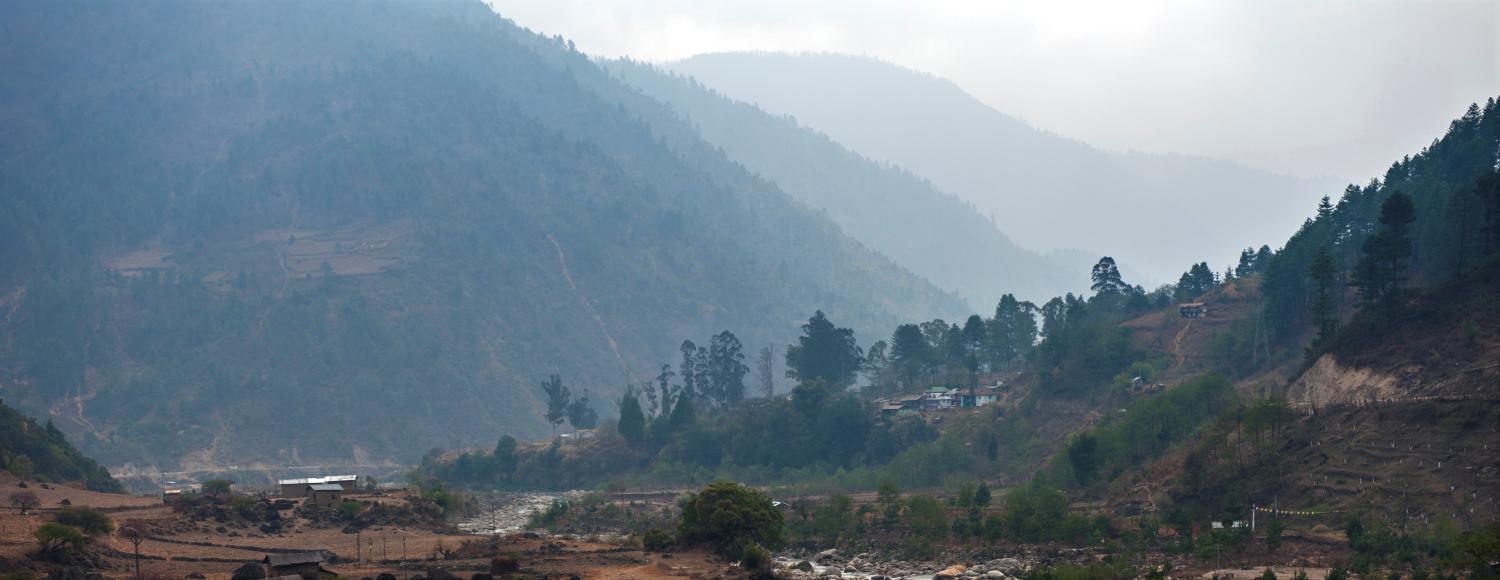Last month the US Ambassador to India Rich Verma made a much-publicised visit to Tawang in the Indian state of Arunachal Pradesh, site of a long-running border dispute with China. Verma’s visit immediately drew the ire of the Chinese government, which issued an objection and warned the US to stay away from China’s international disputes. An Indian external affairs ministry spokesperson proclaimed that Arunachal Pradesh is an integral part of India and that the US envoy’s visit was ‘nothing unusual’.
Yet this is the first time the US has taken a stand in a border dispute between India and China that dates back to the late 1950s, (apart from President Kennedy’s hesitant military assistance to India in the 1962 war), albeit a subtle one.
The Sino-Indian border dispute is a two-fold conflict spanning India's northeast/China's southwest and India's north/China's west. While China originally claimed sovereignty over Tawang on the grounds that it belonged to the Kingdom of Tibet (it was the birthplace of the sixth Dalai Lama), India contests the Chinese occupation of the eastern part of Kashmir called the Aksai Chin (which was a part of the princely state of Kashmir).
Both Aksai Chin and Arunachal Pradesh are strategically important: Aksai Chin links the troubled Chinese provinces of Xinjiang and Tibet, and Arunachal Pradesh (part of the erstwhile princely state of Assam) links India with Bhutan, Myanmar and China. Both regions have long been hotbeds of dissent and secessionist struggles. Any question of sovereignty related to these areas is thus a matter of great concern and importance for both India and China. Negotiation is untenable for both sides.
In the last decade China has extended its claim from just Tawang to all of Arunachal Pradesh, pointing to increasing Chinese assertiveness and a wider strategy for tackling disputes in Asia (infamously manifest in its disputes in the South China Sea). The last decade has witnessed a souring of relations between India and China over border skirmishes and the issuance of stapled visas by China for the residents of Arunachal Pradesh and Kashmir. China’s all-weather friendship with Pakistan and support for the its nuclear program are also major thorns in the China-India relationship. China has been blocking Indian membership to the Nuclear Suppliers’ Group and doing its best to thwart India's efforts to attain permanent membership of the United Nations Security Council.
Throught the decades, the US has been a passive spectator of these territorial disputes. In recent years, however, it seems the camaraderie between the Obama administration and the Modi government has contributed to an increased willingness by the US to demonstrate affinity towards India, a major player in the US pivot to Asia. Earlier this year, for example, the US consul general in Kolkata met the chief minister of Arunachal Pradesh and referred to the state as an integral part of India. Interestingly, this statement was made a few days after India's National Security Advisor Ajit Doval returned from Beijing after talks on the border issue.
Verma’s visit to Tawang is also a pointer to India’s enthusiasm for drawing the US into its conflicts with China and Pakistan. This is a marked departure from Indian foreign policy under previous Congress-led governments, which failed to get similar support from the US, even in the face of the 26/11 terrorist attacks in Mumbai. Modi’s active diplomacy and outreach to the US has proved effective, as demonstrated in September when the US supported India’s surgical strikes in Pakistan to avenge the terrorist attacks in Uri, near the border in Kashmir.
However, India’s commitment to align itself completely with the US strategic objectives is still open to challenge. In August this year the two countries entered into a bilateral Logistics Exchange Memorandum of Agreement (LEMOA), which promises the US military access to Indian military bases for refuelling and rest purposes, but the US-India relationship is still some distance away from being called an ‘alliance’. It is yet unclear what the ramifications for the US pivot to Asia policy will be with the change of guard in the White House. Many in India worry the US might retreat into isolationism. But given Trump’s positive rhetoric on India so far, it would seem there is asp potential for the US-India relationship to become a bulwark against the China-Pakistan axis.
Photo: Getty Images/Leisa Tyler

